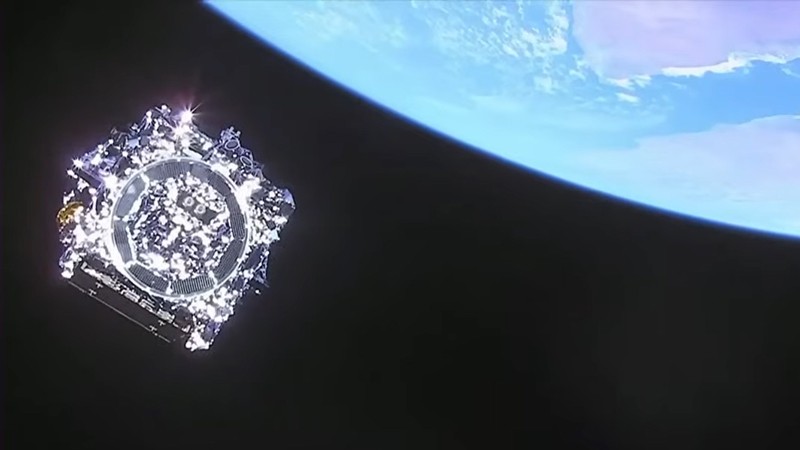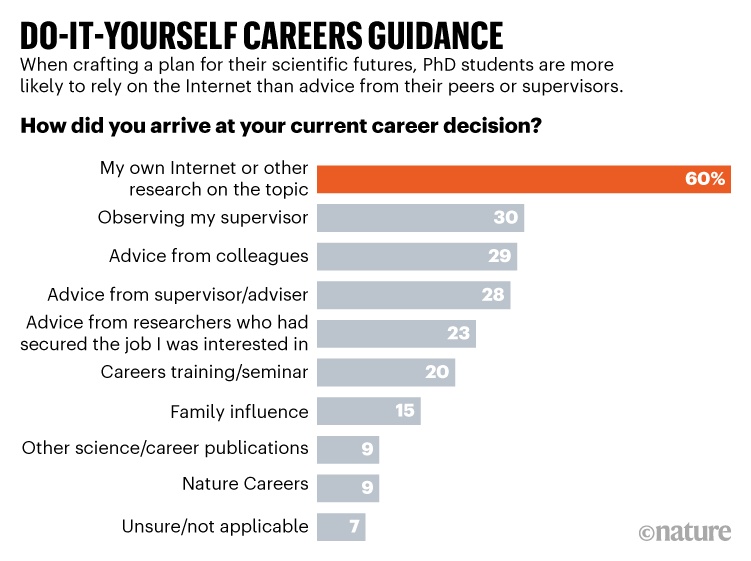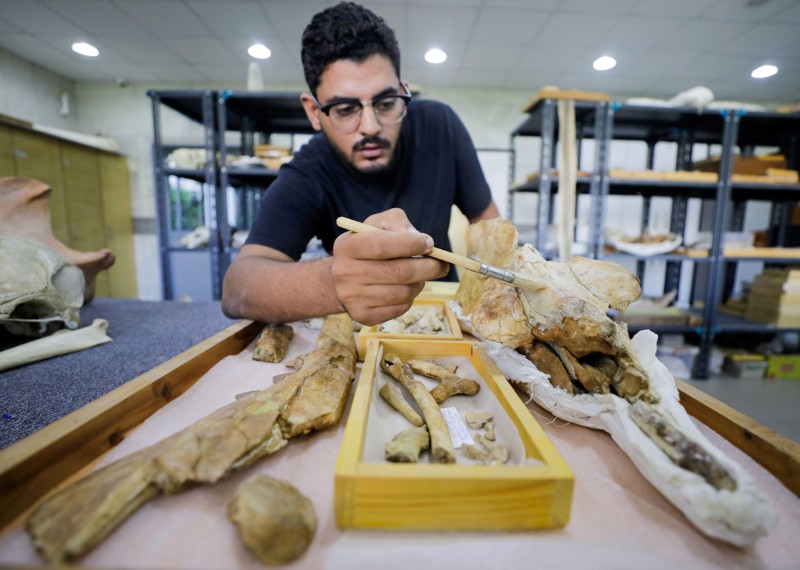Hello Nature readers, would you like to get this Briefing in your inbox free every day? Sign up here.
The James Webb Space Telescope reached its destination on Monday: settling into orbit around a point called L2, or the second Lagrange point, about four times farther away from Earth than the Moon is. L2 is special for a few reasons. It’s gravitationally stable and located on the opposite side of Earth from the Sun, so the telescope will have an unobstructed view of deep space, shaded from the light of the Sun, Earth and Moon by its massive sunshield. L2 is also intensely cold – ideal for Webb’s scientific instruments, which operate best at a brisk –233 °C. The telescope won’t be ready to do science until at least June, after four months of cooling and calibrating its scientific instruments.
Affixing green lights to fishing nets can greatly reduce the number of non-target animals, such as sharks and turtles, that get caught in the nets, according to new research. Large fence-like gillnets are often used in coastal fishing, but in addition to their target prey they also collect a huge amount of ‘by-catch’, which contributes to the decline of species including dolphins, turtles and squid. Researchers in Mexico set up 28 pairs of nets, with one net in each pair containing LED lights. When the relative catches from each pair of nets were compared, the team found that the lit nets brought in 63% less by-catch than the dark nets. Sharks were particularly good at avoiding the green lights, with shark by-catch going down by 95% in the study.
Reference: Current Biology paper
Hippopotamuses recognize the voices of their pod-mates and members of nearby pods, and respond more territorially to strangers, according to a study in Mozambique. Scientists recorded and broadcast hippo “wheeze honks”, which sound like deep, resonant grunts. Animals were more likely to respond aggressively by spraying larger amounts of dung when they heard strangers. This suggests that if a hippo needs to be relocated for conservation reasons, it might help to make the local hippos a sort of ‘mix tape’ of the new hippo’s voice for them to listen to in advance, and vice versa.
Reference: Current Biology paper
Features & opinion
Misuse of the word ‘endemic’ in relation to COVID-19 is encouraging a misplaced complacency, says evolutionary virologist Aris Katzourakis. To an epidemiologist, an endemic infection is one in which overall rates are static – not rising, not falling. But a disease can be endemic as well as both widespread and deadly. Malaria, for example, is an endemic disease that killed more than 600,000 people in 2020. Policymakers must not invoke the word ‘endemic’ as an excuse to do little or nothing, and thinking that endemicity is both mild and inevitable sets humanity up for many more years of disease. To help us beat COVID-19, we need to set aside lazy optimism and tackle the virus head on, using every tool at our disposal, including effective vaccines, globally.
The ‘big-team science’ movement aims to find a new way to tackle tough research questions by pooling the resources of numerous researchers in pursuit of a common goal. One example is the ManyBabies Consortium: a grass-roots network of some 450 collaborators from more than 200 institutions who work together to complete massive studies on infant development. The benefits of this type of project are obvious, but participants face a number of barriers, say big-science advocates writing in Nature. The often selfish nature of academia, a lack of diversity in participants and issues with funding all threaten the future of big-team science. For this movement to continue, academic institutions and funders must provide long-overdue support.
From fully finished genomes to quantum simulation, Nature explores seven key technologies likely to have an impact on science this year. One such tool is the AlphaFold2 structure-prediction algorithm, developed by Alphabet subsidiary DeepMind in London. This relies on ‘deep learning’ strategies to extrapolate the shape of a folded protein from its amino acid sequence. At the same time, improvements in cryogenic-electron microscopy (cryo-EM) can now capture images that can, in some cases, resolve protein structures down to the position of individual atoms. These two technologies compliment each other — AlphaFold2’s computational models can aid in data analysis and reconstruction, and cryo-EM can generate findings currently out of reach of computational prediction.
Where I work
Palaeobiologist Abdullah Gohar studies ancient whales. In August, he and his colleagues described a newly discovered four-legged whale fossil from his home town of Faiyum, Egypt, naming it Phiomicetus anubis after the Pharaonic Egyptian god of death. “The whale must have meant death to many creatures that lived beside it 43 million years ago: it had a vast, strong jaw, weighed 600 kilograms and was about 3 metres long,” says Gohar. “Phiomicetus is the first whale to be discovered, named and studied by an Egyptian team. That feels special to me.”(Nature | 2 min read)
See more shots from this story on the Nature instagram account.
Rapid COVID tests can be hard to get in many parts of the world, but I’m still shuddering at the lengths some families are going to in order to stretch their testing capacity. Recently, experts have spoken out against the practice of using the same test swab on multiple people — not only is it unlikely to provide accurate results, but, as this piece in The Atlantic says, it’s also, “to put it scientifically, gross”.
Hope your test supplies remain plentiful, dear readers, and you don’t need to resort to swab sharing.
One thing you should share, however, is your feedback on this newsletter! Please send your thoughts to [email protected].
Anne Marie Conlon, chief editor, audience and engagement
With contributions by Anna Nowogrodzki







More News
mRNA therapy is safe for treating the inherited metabolic condition propionic acidaemia
Why babies in South Korea are suing the government
Could bird flu in cows lead to a human outbreak? Slow response worries scientists